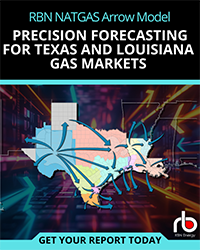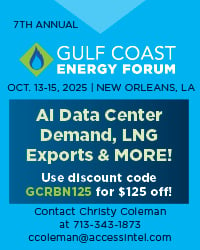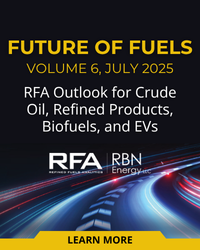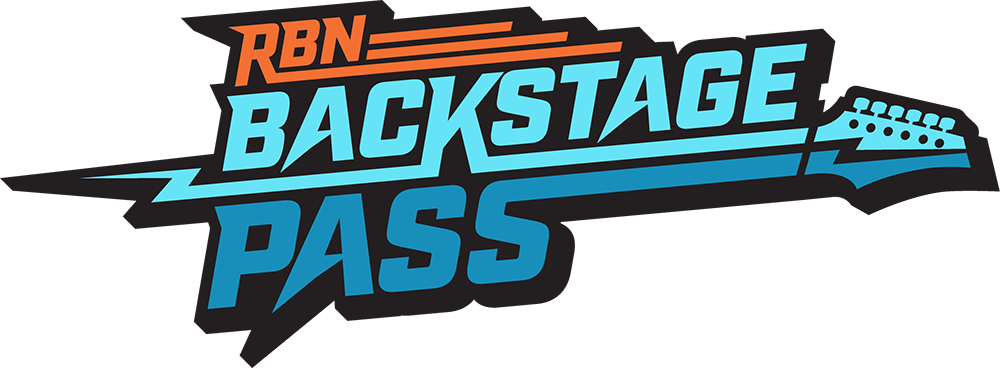For nearly two months -- Since late July -- WTI crude oil prices have averaged $45/bbl, never once closing above the $50/bbl mark. Over the same period, the natural gas price at Henry Hub has averaged $2.70/MMbtu and now languishes $.20/MMbtu lower. Is this a time to be wallowing in misery and self-pity? Absolutely not!! This is the time for midstreamers and producers to reposition their businesses with a laser-like focus on the opportunities that low prices have served up. There are bargains out there in the oil (and gas) patch. If producers are in the right locations, with drilling costs much lower than last year, there is good money to be made. And likewise, opportunities abound for midstreamers to pick up assets at very attractive prices to get that production to market. But to execute such a strategy, you must have a rock-solid understanding of what is really going on in today’s markets for crude oil, NGLs and natural gas. Our goal for the upcoming State of the Energy Markets Conference scheduled for October 28, 2015 in Denver, CO is just exactly that - to give you a rock-solid market knowledge based on hard data and thorough analysis. Today’s blog is an advertorial for the conference.
RBN’s approach to pulling this hard data and analysis together is a bit different than your run-of-the-mill consultancy. For example, we don’t forecast prices. Ever since crude prices crashed last year, we concluded that there are just too many moving parts in the global oil market for us (or anyone else for that matter), to come up with a single view of what will happen to prices over the next few years. So instead, we start with multiple price scenarios – possible trajectories for prices that are plausible, based on what we know now about the market. We don’t consider these scenarios high or low cases, reference cases or any of the other standard nomenclature. A scenario is simply a time series of forward prices that we can use in our modeling methodology to understand market responses.
The RBN methodology is summarized in Figure #1 below. The leftmost box (1) represents the forward price scenarios. RBN’s methodology for assessing crude oil, NGL and natural gas production is scenario based, driven by one or more sets of forward prices. A price scenario (crude oil, NGLs, natural gas) is used to calculate (2) representative producer economics (rates of return).
Figure #1; Source: RBN Energy (Click to Enlarge)
Based on those rates of return, we can estimate (3) the response of producers – how many wells will be drilled, how many completed, and what kind of production can those wells be expected to yield. Those numbers, based on information such as type curves (initial production rates and decline curves), producer guidance to investors, and the availability of take-away infrastructure are used to (4) forecast production. Finally the forecast of production volume is used (5) to assess market response, including infrastructure requirements and overall supply/demand implications.
We go through this exercise for both crude oil and natural gas production. NGL production is then estimated based on associated gas production (derived from the crude oil production forecast) and wet gas (using the natural gas production forecast), computing NGL volumes based on the liquids content of the gas (gallons per million cubic feet, or GPM – see How Rich is Rich? ), and the availability of necessary infrastructure (processing, fractionation, pipelines, rail, etc.) to get barrels to market.
Join Backstage Pass to Read Full Article








